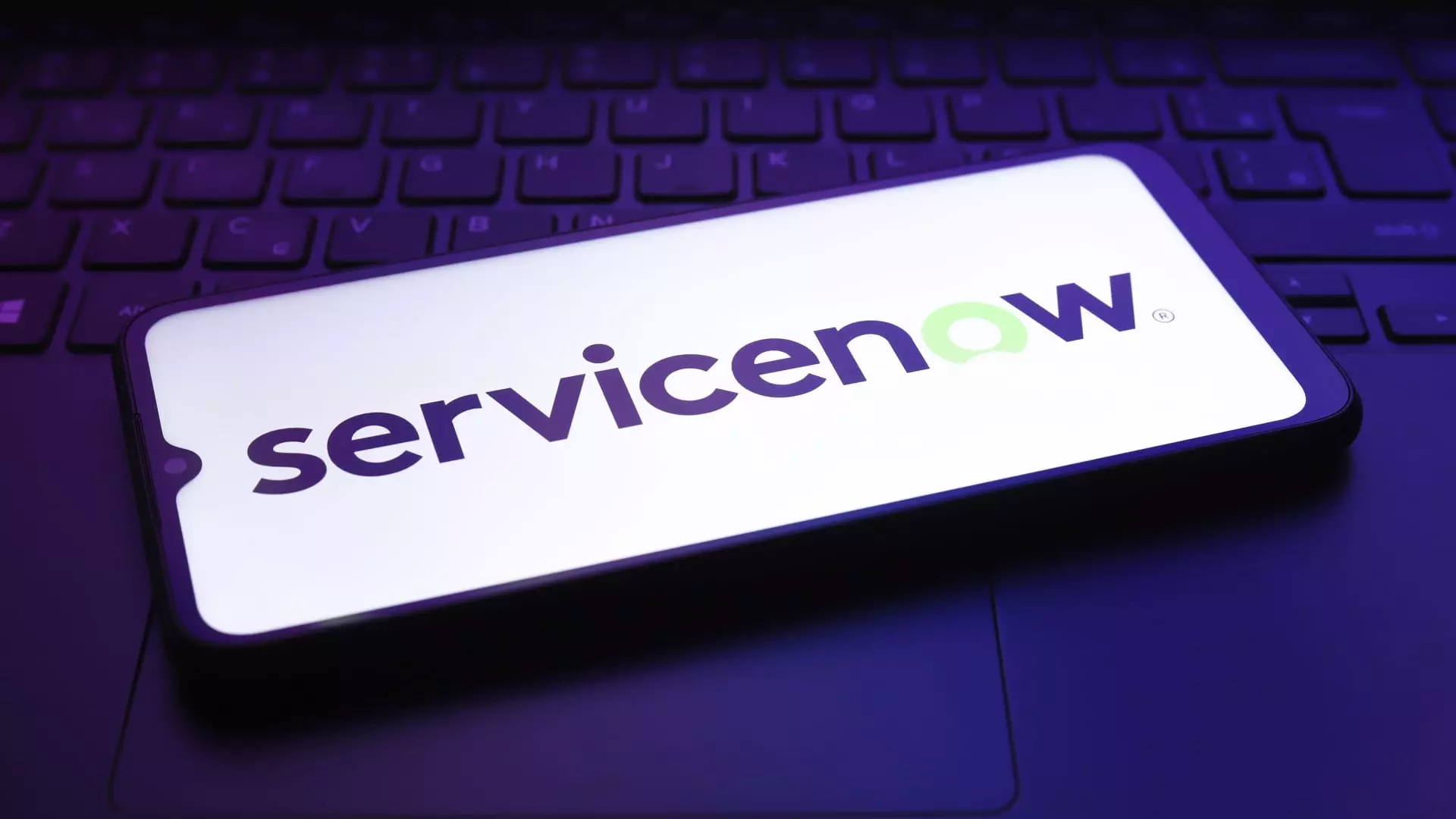In the relentless tide of economic uncertainty and geopolitical upheavals, many investors cling to the false hope that corporate resilience signals enduring stability. This seasonal report, aimed at discerning the true nature of market strength, reveals a troubling paradox: companies that appear to outperform despite macro headwinds often mask underlying vulnerabilities. The illusion is tempting—top Wall Street analysts showering praise based on selective metrics and short-term gains—but a critical eye uncovers that many of these successes are built on flimsy foundations of overhyped technological narratives and overestimated growth projections. Investors must question whether current winners truly possess the resilience they are projected to or simply benefit from short-term market euphoria and shallow assessments.
Technological Hype versus Real Market Dominance
Take, for instance, MongoDB, a darling in the database management space. While analysts herald its leadership in the high-growth non-relational database niche, this narrative obscures the fact that its perceived advantage is rooted more in hype than in sustainable dominance. The focus on “generative AI” and boosting vector search capabilities sounds impressive but risks being a paper tiger—an over-promise that may take years to materialize or may never truly live up to expectations. The emphasis on new workloads and potential M&A opportunities steers investors’ attention away from the company’s core profitability challenges and whether their growth can be consistently maintained against intensifying competition from cloud giants.
Furthermore, the enthusiasm surrounding ServiceNow underscores a common misconception: that AI integration automatically translates to superior market positioning. While the company’s recent results are promising, particularly its AI-powered tools like NOW Assist, such optimism could be premature. Artificial intelligence, despite its buzzword appeal, remains a nascent and volatile field—one that can quickly shift from innovation to costly misadventure. Labeling ServiceNow as “the best-positioned SaaS vendor” relies heavily on current momentum, which could dissolve as federal spending tightens or as AI adoption reaches saturation.
The Overreliance on Short-term Metrics
Most of the positive analyst ratings are anchored in short-term metrics—quarterly revenue beats, increased deal sizes, or raised guidance. But little emphasis is placed on whether these figures signify genuine growth or are merely fleeting byproducts of aggressive sales tactics or one-off contract pushes. For instance, Varonis Systems is praised for its “solid results,” but a deeper critique reveals that its rapid SaaS transition and rising ARR are driven by upsell strategies that may not be sustainable. The focus on ARR “beat and raise” metrics masks the risk that customers could delay decisions or cut back spending should economic conditions deteriorate. In the end, investors must recognize that today’s strong numbers are often paper-thin and depend heavily on the continuation of frenzied customer demand.
Another red flag is the disproportionate weight placed on AI and cloud expansions, which, while promising, are not guaranteed to deliver proportional profitability. The hype surrounding these growth vectors risks creating a bubble—one where valuation metrics become detached from underlying earnings and cash flow realities. Relying on analyst ratings that often boast success rates below 60% further underscores the peril of blind optimism based solely on surface performance.
The Mirage of Long-Term Prosperity
What distinguishes true market resilience from the fleeting veneer of strength is an unwavering focus on profitability, sustainable competitive advantages, and prudent management. Currently, many of the so-called winners are still struggling to translate their growth into lasting profits, feeding investors false confidence. MongoDB’s focus on “improving its vector search” and “winning new workloads” in AI sounds progressive but may lead to overextension that drains resources without guaranteed success.
Similarly, ServiceNow’s strong enterprise adoption is touted as evidence of solid demand, but federal budget constraints loom as a significant threat that could swiftly unwind recent gains. Varonis’ impressive ARR growth is undeniable, but the real test lies in retention rates and whether customers sustain their investments amid economic headwinds. These companies’ reliance on hype-driven narratives and aggressive growth assumptions threaten to entrap investors in a cycle of overvaluation and eventual disappointment.
A Call for Critical Vigilance and Strategic Skepticism
In a climate where macro headwinds persist and valuations reach perilous levels, remaining critically vigilant is not just prudent—it is essential. Investors should resist the allure of short-term optimism fueled by analyst endorsements and instead scrutinize underlying business models, earnings quality, and long-term competitive positioning. The current atmosphere demands a cautious yet strategic approach: support companies with proven business fundamentals, transparent management, and a clear path toward profitability.
Wall Street’s recent successes are often superficial—they reflect a market temporarily intoxicated by technological promises rather than genuine resilience. Investors in this landscape must learn to see beyond the immediate headlines and demand a level of skepticism that matches the challenges ahead. Otherwise, the lesson will be as inevitable as it is bitter: market resilience, when built on hype, tends to be fleeting and expensive.

